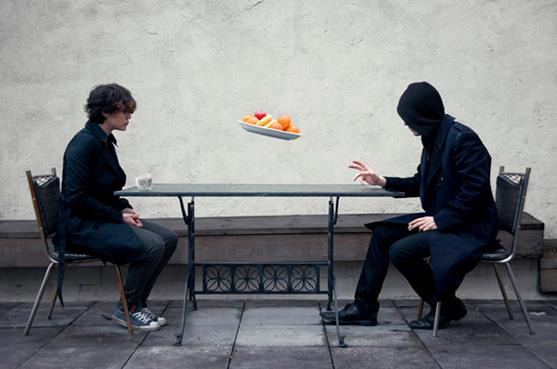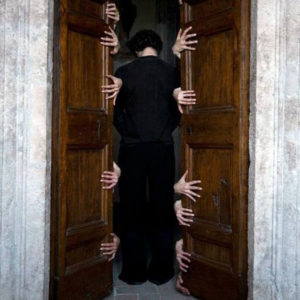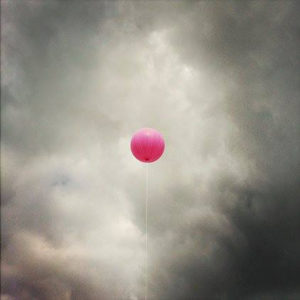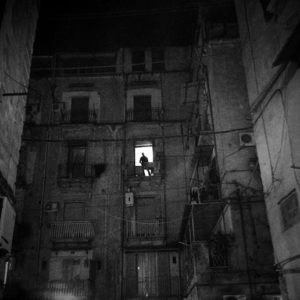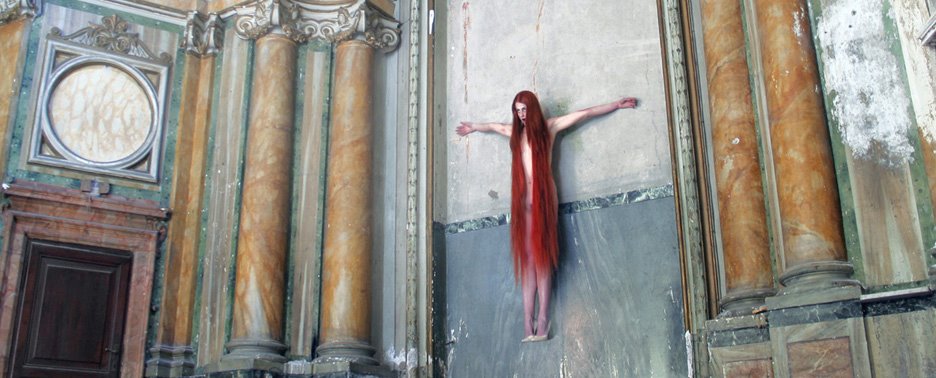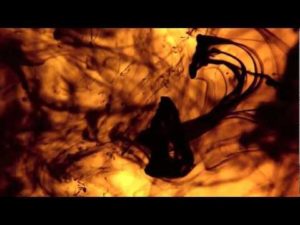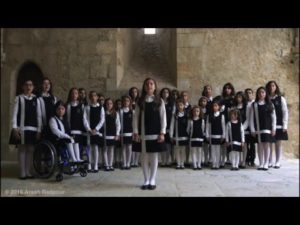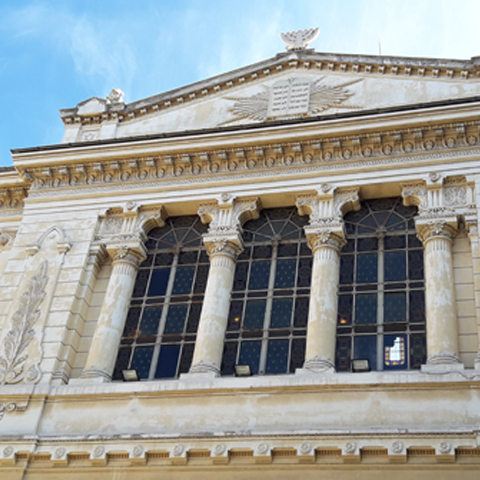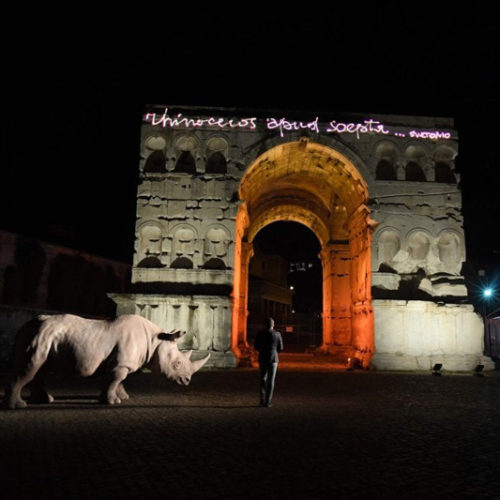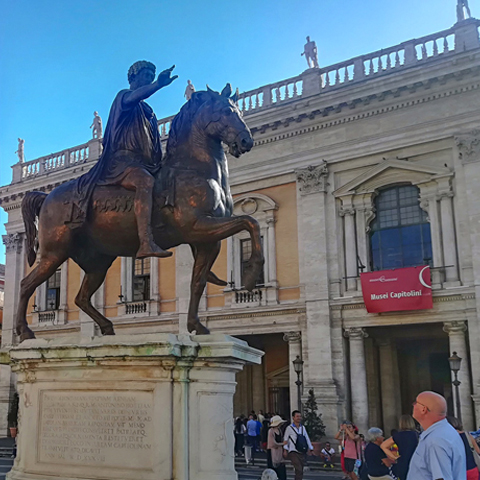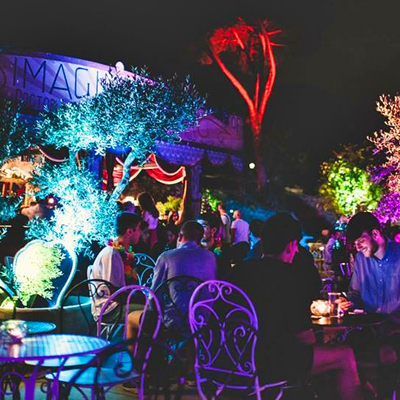Over the clink of espresso saucers, mopeds, and distant train station announcements, Arash Radpour finishes up a phone conversation. He is casually dressed in a t-shirt, jeans, and a light trench coat. Next to him sits a suitcase. We are standing at a café’s high-top table just across the street from Rome’s Termini station. I have less than an hour to learn about Arash before he has to catch a train to Naples. He finishes up his call, puts his phone away, and tells me that he’s not great in interviews.
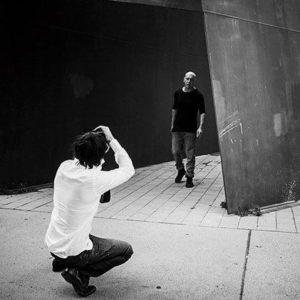 Radpour has worked as a photographer for many years. He credits his father for introducing him to the art form when he was 3 years old; years later Arash would be accepted into Rome’s Rossellini School of Cinema, with the plan of becoming a film director. “Back then it was a really exclusive school, really hard to get in. I was lucky to be attending during that time.” But Radpour’s focus on being a film director changed during his first year when he was exposed to photography and realized that it was his true passion.
Radpour has worked as a photographer for many years. He credits his father for introducing him to the art form when he was 3 years old; years later Arash would be accepted into Rome’s Rossellini School of Cinema, with the plan of becoming a film director. “Back then it was a really exclusive school, really hard to get in. I was lucky to be attending during that time.” But Radpour’s focus on being a film director changed during his first year when he was exposed to photography and realized that it was his true passion.
After graduating, Arash worked freelance. “I was working full time, doing portfolios for actors and my own stuff.” Then a friend asked him to help out with a small ad campaign in Rome. This led to a few other larger jobs and eventually Radpour was working in an advertising agency out of Milan. “I was the youngest one in the agency. Fabrizio Ferri was also there. I was doing the smaller jobs … well they were not so small. I wasn’t paid enough but they were big clients,” Radpour laughs. He was working with companies like Pepsi and Renault but eventually he became disenchanted with advertising photography. “I left the advertising field because I didn’t like the fact that I was not free. I was basically reproducing the layouts made by somebody else.” Arash picks up his espresso spoon and places it in the center of the table. He pulls his hands back to frame it like a photograph. “If there was a spoon in the layout we had to have a spoon in the photograph.”
Arash has an impressive history of exhibitions. Here in Rome he has shown at such prestigious venues as the The Gallery of Modern Art and the Maxxi, Macro, and H.C. Anderssen museums. He has also shown the Venice Biennale, and in Turin alongside Caravaggio and Beato Angelico. His work has gone up in the Mamba in Buenos Aires and the Gallery of Modern Art in New Delhi. In publishing, Arash’s work appears in volumes that include prominent contemporary artists such as Edward Burtinsky, Andreas Gursky, and Anthony Goicolea.
“Right now, I’m not collaborating with any galleries,” Arash tells me. “I decided to work freelance for a few years.” Currently he sells his work exclusively in open studio shows, inviting the collectors with whom he established relationships at his high profile events. He tells me that he is now interested in getting back into the gallery scene and that there are some in Naples that look promising.
I ask him about his portraiture, specifically the beautiful black and white photo he did of Nicholas Cage. Radpour tells me he took the photo when he was attending the Venice film festival. He says it was a great experience but at first it was a bit rocky. At one point he encountered director Giuseppe Tornatore (The Best Offer, Cinema Paradiso) and asked if he could take the maestro’s portrait. Tornatore was very friendly and agreed. Just as Radpour was going to snap a photo, someone from Tornatore’s press office ran up, grabbed Arash and yelled at him, saying he didn’t have the right to take the photo. Radpour recalls, “I didn’t know it at the time, but you have to get permission from the press office of these superstars before you can take their picture.” The intensity of that interaction soured Arash to the festival experience and he was considering leaving but was persuaded to stay. Soon he was set up with his own dedicated photo studio in a VIP room along with Maurizio Galimbertti, famous for his Polaroid collages.
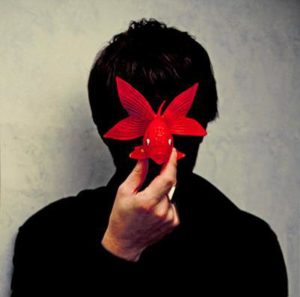 The festival turned out to be a great experience. Radpour laughs when he tells me about how it could have gotten rocky again. Having been invited to a party on a yacht, he arrived carrying all his expensive camera equipment. He approached a woman and asked if she could please put his equipment somewhere safe. She assured Arash that no one would be stealing on the boat but after some discussion, Arash was able to compel her to stow the gear. Arash would soon find out that this woman was the owner of the boat and fashion icon, Alberta Feretti. Arash apologized profusely to her when he found out, but Feretti was very gracious and laughed about it.
The festival turned out to be a great experience. Radpour laughs when he tells me about how it could have gotten rocky again. Having been invited to a party on a yacht, he arrived carrying all his expensive camera equipment. He approached a woman and asked if she could please put his equipment somewhere safe. She assured Arash that no one would be stealing on the boat but after some discussion, Arash was able to compel her to stow the gear. Arash would soon find out that this woman was the owner of the boat and fashion icon, Alberta Feretti. Arash apologized profusely to her when he found out, but Feretti was very gracious and laughed about it.
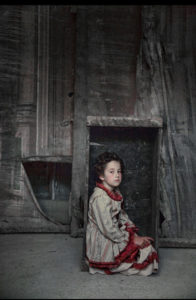 After listening to many of Radpour’s great stories I check the time, only to see we only have a few minutes. I offer to walk with him to the train so I can get a few more questions answered. We grab our stuff and bid farewell to the barista. Crossing the street I ask Arash to tell me about some of his favorite artists. He says it’s difficult to say, there are so many. I change my approach and about an artist who was one of his biggest influences. Without hesitation, he says, “Martin Parr. I couldn’t say he’s my favorite photographer but he changed my way of looking at things. “ During that time, when Radpour was transitioning from the commercial work into fine art, Arash had been working almost exclusively in black and white. “It was like a shock. It was so full of color. it was so beautiful, his work. I love it. It was so violent.”
After listening to many of Radpour’s great stories I check the time, only to see we only have a few minutes. I offer to walk with him to the train so I can get a few more questions answered. We grab our stuff and bid farewell to the barista. Crossing the street I ask Arash to tell me about some of his favorite artists. He says it’s difficult to say, there are so many. I change my approach and about an artist who was one of his biggest influences. Without hesitation, he says, “Martin Parr. I couldn’t say he’s my favorite photographer but he changed my way of looking at things. “ During that time, when Radpour was transitioning from the commercial work into fine art, Arash had been working almost exclusively in black and white. “It was like a shock. It was so full of color. it was so beautiful, his work. I love it. It was so violent.”
We stop amidst the bustle. Scanning the marquee, Arash thinks out loud for a moment. He finds the track where his train has arrived and we start moving again, winding our way through the crowds and past kiosks as announcements echo through the cavernous space.
I ask Arash what he sees in his future as an artist. He says he loves the idea of continuing with the fine art photography but also expanding into sound and video. One piece focuses on the quality of the human voice. “Like skin color or eye color, the voice is related to the territory you come from, I think.” He is working with a chorus from Calabria and together they may be participating in a music festival in London.
We stop walking; having reached the checkpoint that Arash must pass through to get to his train, a new security measure added since the Paris attacks. There is so much more to talk about, but I have to let him go. We say our goodbyes and go our separate ways. I’m reminded of his first statement: about how he is not great in interviews and I have to laugh. In just 40 minutes, the man told so many great stories about his artistic journey; more than I could fit into one article.
Arash Radpour
arash.radpour@gmail.com
http://www.arashradpour.com
